Improve your organization's transparency with Pest control work Order Forms. Choose and modify documents to ensure your workflows stay on the right track.

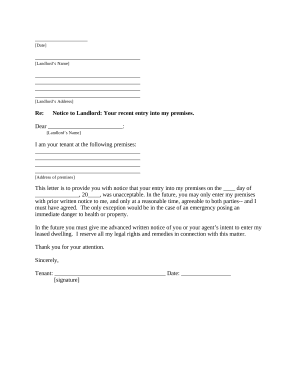


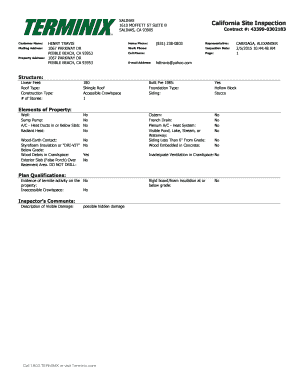
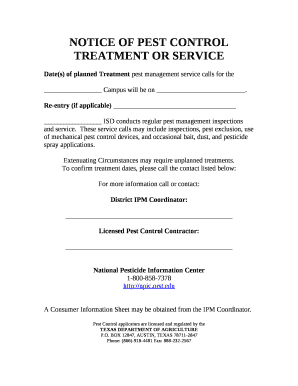




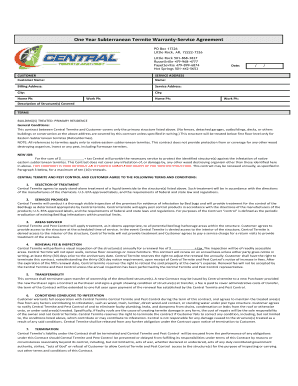

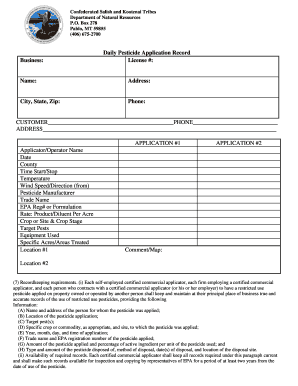

Form managing occupies to half of your business hours. With DocHub, you can easily reclaim your office time and increase your team's productivity. Access Pest control work Order Forms category and check out all document templates relevant to your daily workflows.
The best way to use Pest control work Order Forms:
Speed up your daily document managing using our Pest control work Order Forms. Get your free DocHub account right now to explore all forms.